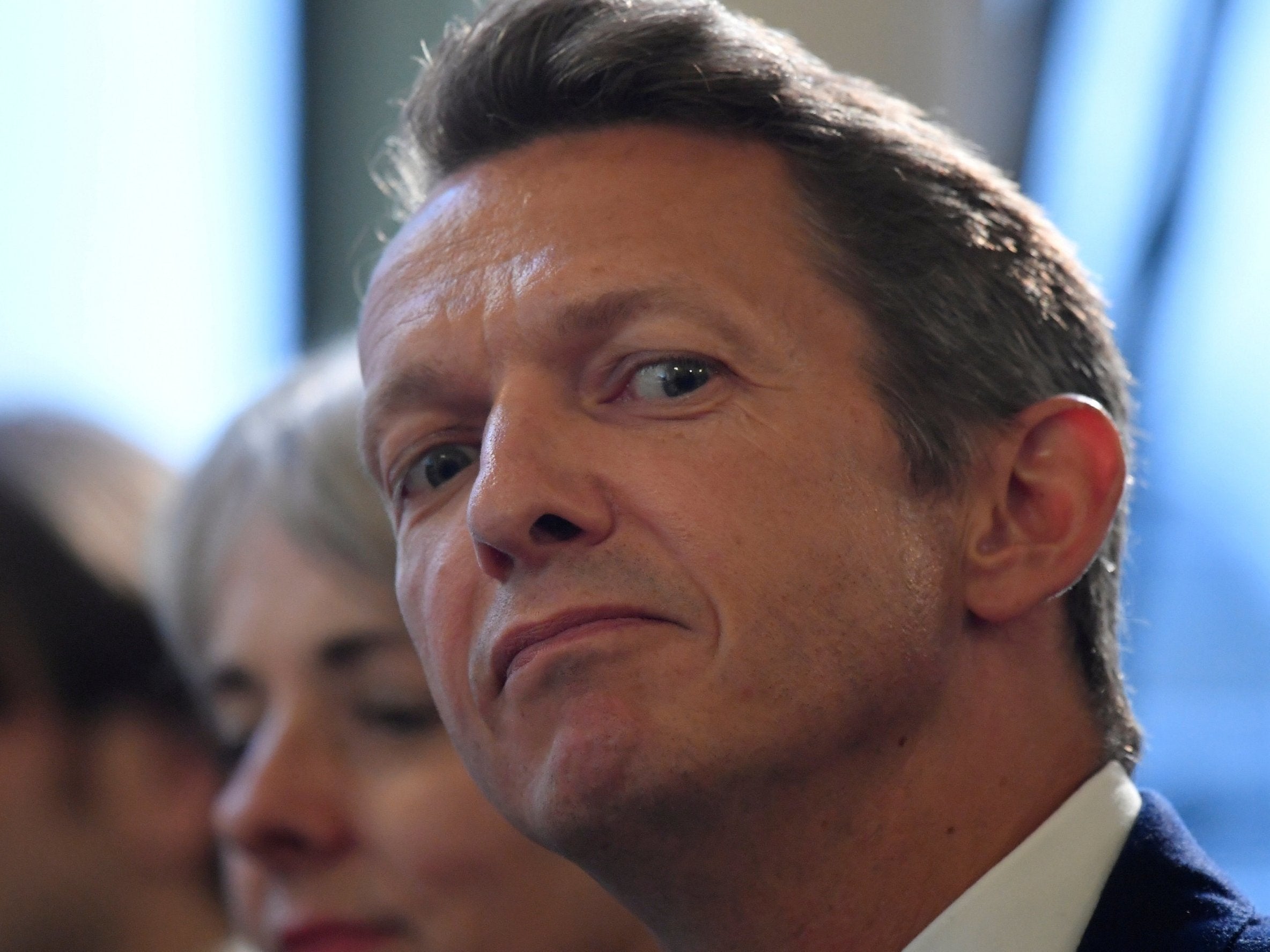Bank of England chief economist Andy Haldane defends UK productivity crisis diagnosis
Mr Haldane made an influential contribution to the debate last year when he pointed to data suggesting the flat-lining of UK output per hour in the wake of the last recession was due to weaker companies failing to keep pace with the highest performers

The Bank of England’s chief economist, Andy Haldane, has defended his diagnosis of the UK’s productivity crisis, insisting that a large part of the problem lies in the long-tail of underperforming firms.
Mr Haldane made an influential contribution to the debate last year when he pointed to empirical data suggesting that the flat-lining of UK output per hour in the wake of the last recession was due to weaker companies failing to keep pace with the highest performers in either their sector or region.
This analysis helped to prompt the establishment of a group of business leaders, led by the John Lewis Partnership Boss Charlie Mayfield, called “Be the Business” to spread best practice to smaller companies.
However, the Haldane analysis has been questioned more recently, first by a Bank of England researcher, who suggested that the post-crisis productivity flat-line was more due to larger firms than smaller ones.
And then a piece of research by the Centre for Cities think tank seemed to back this up, causing some to question whether the Bank’s focus on smaller firms might be misplaced.
But in a speech in London on Thursday Mr Haldane presented new evidence which he said reinforced his original analysis.
He showed that between 2004 and 2014 the average annual productivity growth of the bottom 99 per cent of the productivity distribution of firms was just 1 per cent.
That contrasted with growth of 12 per cent for the top 0.1 per cent and 8 per cent for the top 8 per cent.
“This suggests that, among a significant swathe of UK companies, levels of productivity must have flat-lined or fallen,” he said.
He said his calculations showed that around half of UK firms had seen no rise in productivity since before the crisis.
“For some regions and sectors, the fraction of firms that have stood still in the 21st century is closer to two-thirds, This tail of serially-stagnating companies is long indeed,” he said.
Accounting for the different picture given by other studies using similar data, Mr Haldane argued that some previously high-productivity firms have seen their performance fall since the recession.
“Companies previously gliding in the slipstream are now floundering in the wake of frontier firms. That has widened the distance between the best and the rest; it has lengthened the lower tail. And that lengthening helps explain the UK’s productivity slowdown over the past decade,” he said.
The UK’s productivity – its output per hour worked – has barely risen since the last recession. If it had carried on growing at the pre-recession rate it would now be around 20 per cent higher
Productivity has slowed across much of the advanced world, but the performance in the UK has been especially poor and economists have been struggling to come up with an explanation
The UK has a long-standing and now growing productivity gap with peer economies such as the US, France and Germany.
Rising productivity is vital for increases in living standards since if wages rise faster than productivity the result is seen, at least by most economists, as liable to be excessive inflation and rising interest rates.
A paper commissioned by the Labour Party last week suggested that the Bank could be asked by a future Jeremy Corybyn-led government to target 3 per cent productivity growth in addition to its 2 per cent inflation target
In his speech, Mr Haldane cautioned that “central banks do not have the tools to affect lasting change” but he added that they can “help in diagnosing productivity problems and in identifying policies that could lift barriers to productivity improvement”.
Mr Haldane created a stir in financial markets last week when he unexpectedly voted for an increase in UK interest rates from 0.5 per cent to 0.75 per cent.
The Bank’s rate-setting Monetary Policy Committee voted by six votes to three to keep rates on hold, but Mr Haldane’s switch sharpened market expectations of a rise as soon as August.
Explaining that decision in his speech Mr Haldane said that he expected average wages in the private sector to be boosted indirectly by the removal of the Government’s 1 per cent NHS pay gap.
He also said that he was encouraged by the performance of the economy since the snow storms of February and March disrupted activity and caused a slump in activity in the first quarter.
“Data on the consumer since the May MPC meeting has, virtually without exception, bounced back strongly. That includes measures of retail spending, consumer confidence and consumer credit. The underlying picture now appears to be one of gently rising household spending. This is being supported by highly accommodative credit conditions and now-positive growth in inflation-adjusted wages,” he said.
Subscribe to Independent Premium to bookmark this article
Want to bookmark your favourite articles and stories to read or reference later? Start your Independent Premium subscription today.

Join our commenting forum
Join thought-provoking conversations, follow other Independent readers and see their replies